Dartmoor, Dartmoor Ponies c.1965
Photo ref:
D6135


More about this scene
Dartmoor was plundered for its mineral wealth. In the south, huge pits were dug for china clay, an industry that continues today, and all over the moor granite was quarried for building stone. Tor Royal and Foggintor provided stone for the building of the prison, while King's Tor and Swell Tor quarries produced the corbel stones for London Bridge, some of which can be seen, unused, near the old Princetown railway line. The advent of the railways gave hitherto isolated towns a link with the outside world. By the beginning of the 20th century, Tavistock, Lydford and Okehampton in the west had stations, and in the east Bovey Tracey, Lustleigh and Moretonhampstead all benefited from the construction of the Teign Valley line. However, communities away from the railways were still dependent on the horse, and it was not until the arrival of the motor car that Dartmoor's last great industry took off.
Add to Album
You must be signed in to save to an album
Sign inShare This Photo
Buy a Print
Unframed, Mounted, Framed and Canvas prints in a range of sizes and styles.
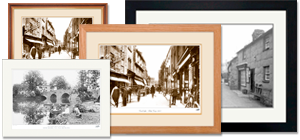
View Sizes & Prices
A Selection of Memories from Dartmoor
For many years now, we've been inviting visitors to our website to add their own memories to share their experiences of life as it was, prompted by the photographs in our archive. Here are some from Dartmoor
Sparked a Memory for you?
If this has sparked a memory, why not share it here?

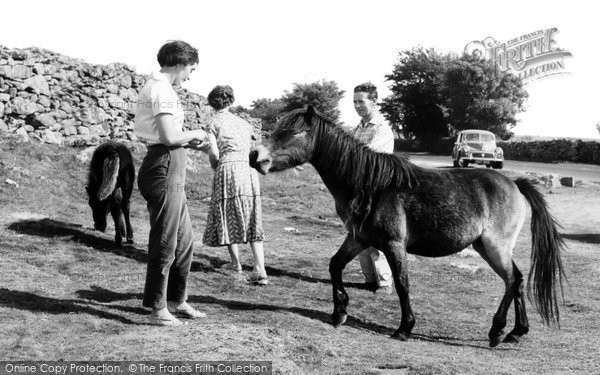
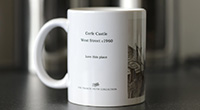
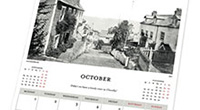





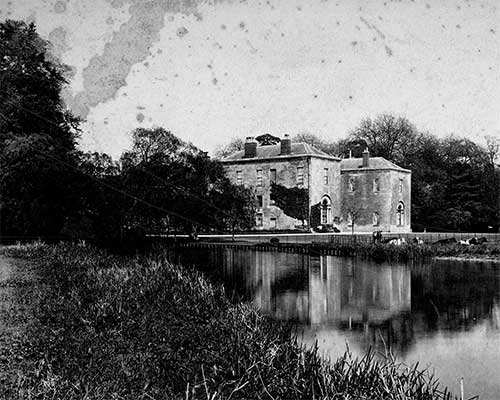 Before
Before
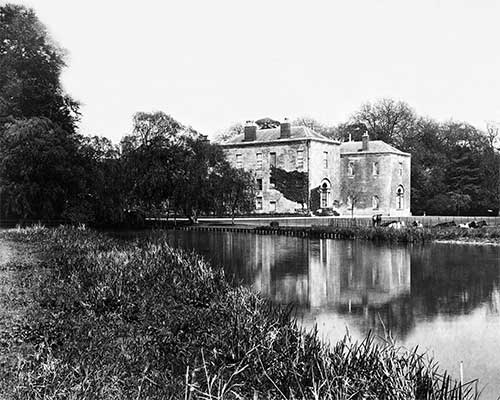 After
After